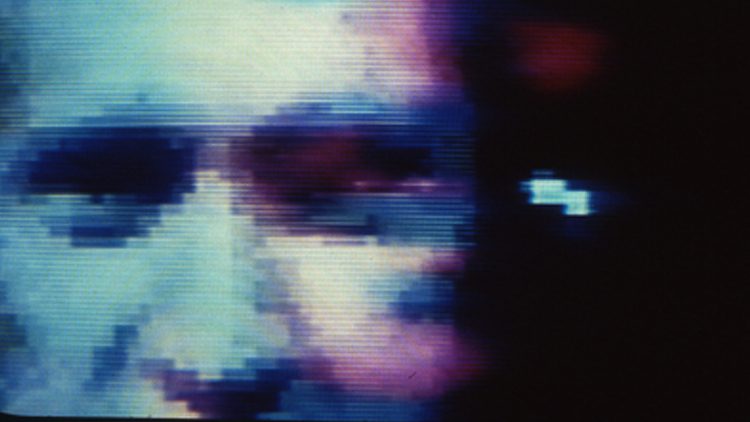At a time when the airwaves are crowded with millions of Skype calls, and millions more of us share moments of FaceTime on our mobile phones, the early days of person-to-person video telephony are as fuzzy as a half-remembered dream. Impatiently awaiting a speed of connection and an ease of interaction that we now take for granted, a number of artists working at the intersection of video and computing began exploring the potential of this emerging medium in nascent interactive pieces that, in retrospect, seem both endearingly primitive and extraordinarily prescient. Prominent among these pioneering artists was Britain’s Richard Land: a guiding spirit behind the group i.e. (initially with Richard Brown; and then, after Brown’s departure, increasingly assisted by Paul Lamb). I.e. specialised in interactive environments – one part immersive installations, two parts existential encounters. The Tunnel, as its name implies, was a darkened, claustrophobic echo-chamber in which the viewer’s presence sparked a disorientating shadowplay of images and sounds – the light at the end of this tunnel no more than a ghost train of thought. Brown and Land's follow-up, The Mirror, was outwardly more straightforward; although its ghosts would be revealed the longer you stood in front of it, as the comforting likeness of your video reflection was first interrupted and then progressively superseded by the images of people who had been there before you.
Collaborating with German artist, Eku Wand, Land further developed this 'mirror with a memory’ for a live link-up between the twin cities of Derby and Osnabrück, at a point when they were hosting parallel video and photography festivals. Using video-booths in both locations, Mirror Images allowed people the chance to have a ‘one-to-one’ with their German/British counterparts, while becoming ever-conscious of a background hum of other faces and voices coming to the fore – one that grew in number and volume the longer they stayed there. Punctuated also by the breaks in transmission that were a feature of early ISDN lines, and the regular consoling chirrup of a dial-up modem valiantly attempting to restore the connection, ‘Mirror Images’ offered a tantalising glimpse of a future that is now so commonplace it is almost humdrum. Looking back, it also offers a vivid reminder of all the other phantoms that hover in the online ether when we think we are speaking face-to-face.


